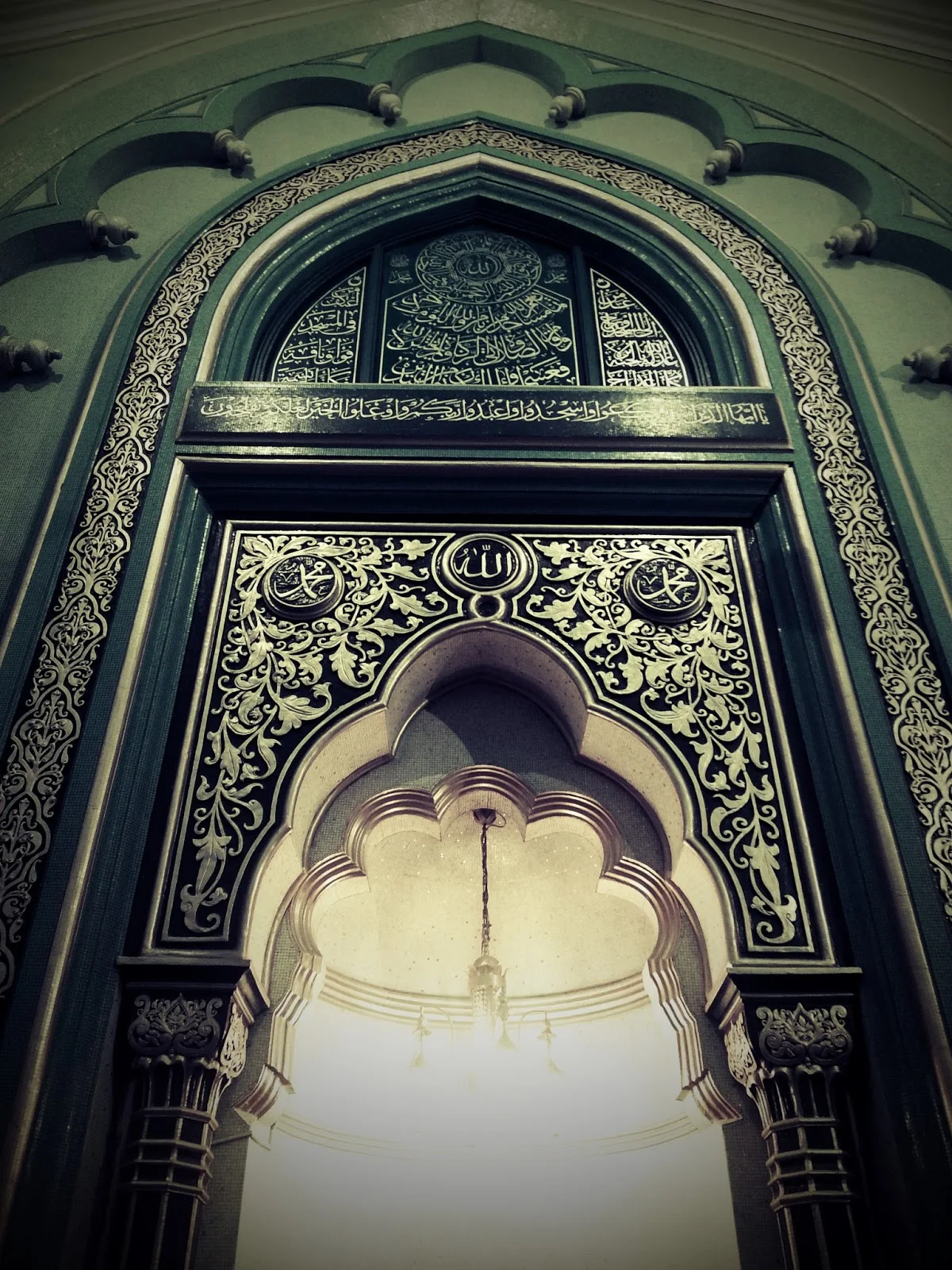The very basis of modern Christianity and its foundational theological
concepts are shrouded in mythical haze. No less a festival than the ‘Christmas’-
celebrating the birth of Jesus Christ (as)- itself reminds one about the extraordinary
theological engineering that underpins and sustains the constructed belief
systems of contemporary Christians. In his Friday Sermon of December 23,
2011 Khalifatullah Hadhrat Munir Ahmad Azim Sahib (atba) spoke about
the dimensions of mystery surrounding the faith and the futility of Christmas
when viewed through the prism of pristine spirituality. As the Divinely-raised
Warner of this (spiritually) empty age, Hadhrat Sahib reminds Muslims-including
Ahmadis and their leader- against indulging in vain pursuits-such as
celebration of Christmas- that takes one away from the true path of Allah.
Read the extracts from
the Friday Sermon:
”…That Jesus is the central figure and the very soul of Christian theology is manifestly clear. Without some kind of belief in his Christhood, whichever way may it be defined by various denominations and scholarly theologians, the very foundations of Christianity are totally altered. Throughout the last two thousand years, hundreds of millions of Christians have been sustained in their beliefs through their deep faith in the life of Jesus. The miraculous character attributed to his birth, the stories of the miracles he performed, his encounters with the Romans, Israelites and other gentiles, and finally, his crucifixion provide the basic ingredients which have continued to nourish this leading religion of the western world not only today but through the centuries past.
 Yet, it is rather strange, indeed ironic, that
most important events of his life have always remained veiled in mystery.
Was he born of a virgin mother? When was he born? Why is hardly anything known
about his life from early infancy to the time when he proclaimed his ministry?
How long did his ministry last? Who were really responsible for his being led
to the cross – hostile Jewish leaders or the Roman rulers? Did he really die
during the few hours that he was on the cross or was he only unconscious when
he was taken off the cross with unusual haste? If there was a resurrection,
then who were the eye-witnesses, if any? What is the significance of the blood
stains of the shroud in which he was temporarily wrapped and which is now
preserved in the Cathedral of Turin, Italy? [Inset: An image of Christ which corresponds
exactly to the Shroud of Turin]. Did he leave
Yet, it is rather strange, indeed ironic, that
most important events of his life have always remained veiled in mystery.
Was he born of a virgin mother? When was he born? Why is hardly anything known
about his life from early infancy to the time when he proclaimed his ministry?
How long did his ministry last? Who were really responsible for his being led
to the cross – hostile Jewish leaders or the Roman rulers? Did he really die
during the few hours that he was on the cross or was he only unconscious when
he was taken off the cross with unusual haste? If there was a resurrection,
then who were the eye-witnesses, if any? What is the significance of the blood
stains of the shroud in which he was temporarily wrapped and which is now
preserved in the Cathedral of Turin, Italy? [Inset: An image of Christ which corresponds
exactly to the Shroud of Turin]. Did he leave 





